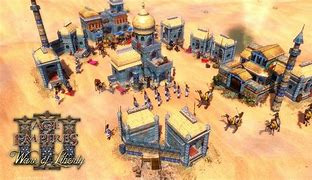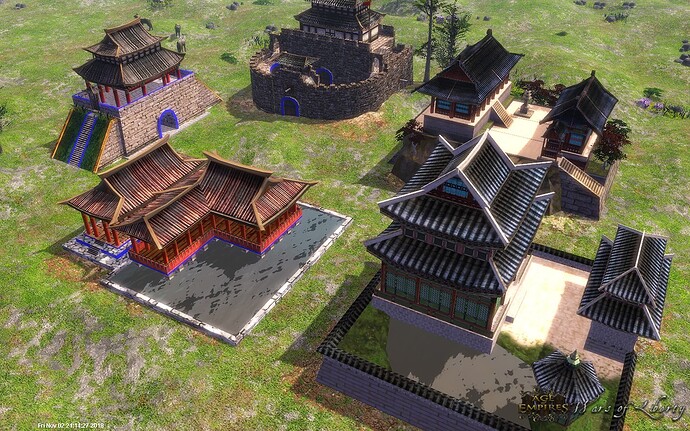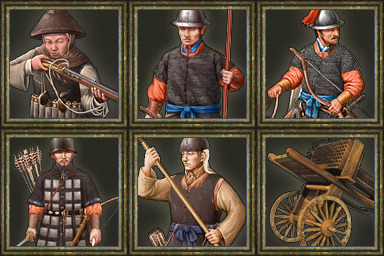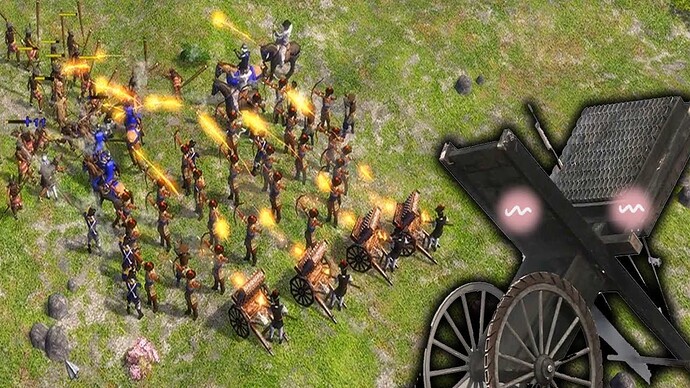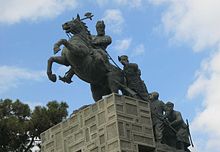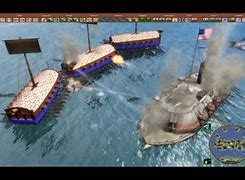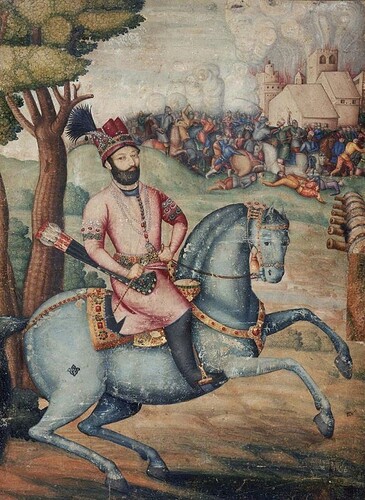No,in fact, it was a hermit kingdom for 250 years (similar to the Tokugawa shogunate) where Korea had a lasting peace and a strong revival of its identity as a nation…
Korea dealt with a pair of Japanese invasions from 1592 to 1598 (Imjin War or the Seven Years’ War). Prior to the war, Korea sent two ambassadors to scout for signs of Japan’s intentions of invading Korea. However, they came back with two different reports, and while the politicians split into sides, few proactive measures were taken.
This conflict brought prominence to Admiral Yi Sun-sin as he contributed to eventually repelling the Japanese forces with the innovative use of his turtle ship, a massive, yet swift, ramming/cannon ship fitted with iron spikes.[209][210][211] The use of the hwacha was also highly effective in repelling the Japanese invaders from the land.
Subsequently, Korea was invaded in 1627 and again in 1636 by the Manchus, who went on to conquer China and establish the Qing dynasty, after which the Joseon dynasty recognized Qing suzerainty. Though Joseon respected its traditional subservient position to China, there was persistent loyalty for the perished Ming China and disdain for the Manchus, who were regarded as barbarians.
From the beginning of the seventeenth century, a tendency to pragmatic study began to gain ground among liberal officials and doctors as a way to build a modern state. These were concerned with agricultural and industrial development and land distribution. However, the government, made up of conservative aristocrats, did not accept his proposals.
At the end of the second half of the Joseon era, the government administration and the upper classes exercised an arbitrariness as violent as it was persistent. For this reason, King Yongjo (1724-1776), adopted a policy of impartiality to combat this problem and managed to strengthen the royal authority, ensuring political stability.
His successor, King Chongjo (1776-1800) maintained the same policy of impartiality, created a Royal Library to store royal writings and archives, and initiated various political and cultural reforms. This era witnessed the rise of shirak, or pragmatic schools among learned and liberal officials. Leading scholars wrote progressive texts recommending agricultural and industrial improvements, as well as drastic reforms in land distribution.Unfortunately, most of the suggestions were ignored.
In 1790, the king ordered master Lee Duk-moo to compile the Mooye Dobo Tongji (compilation of Korean martial arts techniques). Javelin (chang) techniques, the use of the sword (kum) and the stick (bong sool), and the hand and foot techniques (Kwon bub), were collected in four books.
Foreign pressure in 19th century
During the 19th century, Joseon tried to control foreign influence by closing its borders to all nations but China. In 1853 the USS South America, an American gunboat, visited Busan for 10 days and had amiable contact with local officials. Several Americans shipwrecked on Korea in 1855 and 1865 were also treated well and sent to China for repatriation. The Joseon court was aware of the foreign invasions and treaties involving Qing China, as well as the First and Second Opium Wars, and followed a cautious policy of slow exchange with the West.
In 1866, reacting to greater numbers of Korean converts to Catholicism despite several waves of persecutions, the Joseon court clamped down on them, massacring French Catholic missionaries and Korean converts alike. In response France invaded and occupied portions of Ganghwa Island. The Korean army lost heavily, but the French abandoned the island.
The General Sherman, an American-owned armed merchant marine sidewheel schooner, attempted to open Korea to trade in 1866. After an initial miscommunication, the ship sailed upriver and became stranded near Pyongyang. After being ordered to leave by the Korean officials, the American crewmen killed four Korean inhabitants, kidnapped a military officer and engaged in sporadic fighting that continued for four days. After two efforts to destroy the ship failed, she was finally set aflame by Korean fireships laden with explosives.
This incident is celebrated by the DPRK as a precursor to the later USS Pueblo incident. In response, the United States confronted Korea militarily in 1871, killing 243 Koreans in Ganghwa island before withdrawing. This incident is called the Shinmiyangyo in Korea. Five years later, the reclusive Korea signed a trade treaty with Japan, and in 1882 signed a treaty with the United States, ending centuries of isolationism.
![]()
